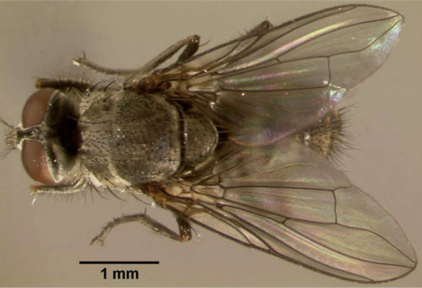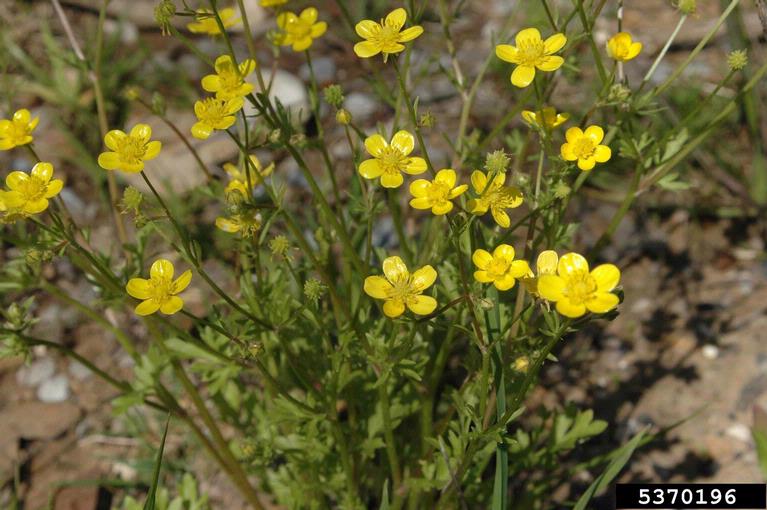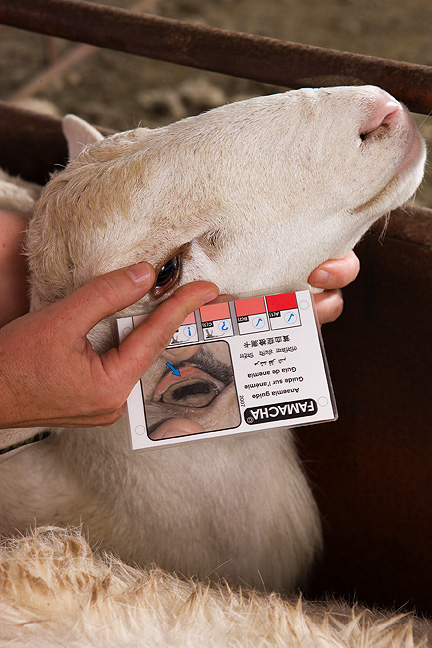Animal agriculture
-

Chrysops, Diachlorus, Tabanus spp. (Insecta: Diptera: Tabanidae) Author: Dr. Nancy Hinkle, Entomologist, University of Georgia, 2022 Description Immature stages: Eggs are cylindrical in shape, 1 to 2.5 mm in length and are initially creamy white but darken within hours. Larvae taper at each end and are whitish, brown or green depending on the species. Black…
-

Haematobia irritans (Linnaeus) Author: Nancy Hinkle, Extension Veterinary Entomologist, University of Georgia, 2021 Description Immature stages: Eggs are tan, yellow or white then turn into a reddish-brown color prior to hatching. Eggs are oval and concave on one side and convex on the other, approximately 1.2 mm long. Newly hatched maggots are white, about 1.5 mm…
-

Written by: Heather Kolich, Forsyth County Extension Coordinator, University of Georgia Driving around the county recently, I’ve noticed numerous pastures with some to a lot of coverage in blooming buttercups. While the yellow flowers add pleasant color to the landscape, their presence in the pasture is a potentially toxic nuisance to livestock. BIOLOGYButtercups (Ranunculus spp.)…
-

Written by: Lisa Baxter, Extension Forage Agronomist Since it was first discovered in South Georgia in the summer of 2010, the bermudagrass stem maggot (BSM; Atherigona reversura Villenueve) has severely damaged bermudagrass (Cynodon dactylon) pastures and hayfields throughout the Southeast US. The damage begins when the BSM larva bores into the pseudostem (stem-like structure made…
-

Written by: Shanna Reynolds, Oglethorpe County Extension ANR Agent Internal parasites are often the #1 health problem sheep and goats face in southeastern climates, with the most notorious of pests being the stomach worm, Haemonchus contortus, (aka the Barberpole worm). The industry can no longer rely on deworming drugs alone to control these bloodsuckers. All…